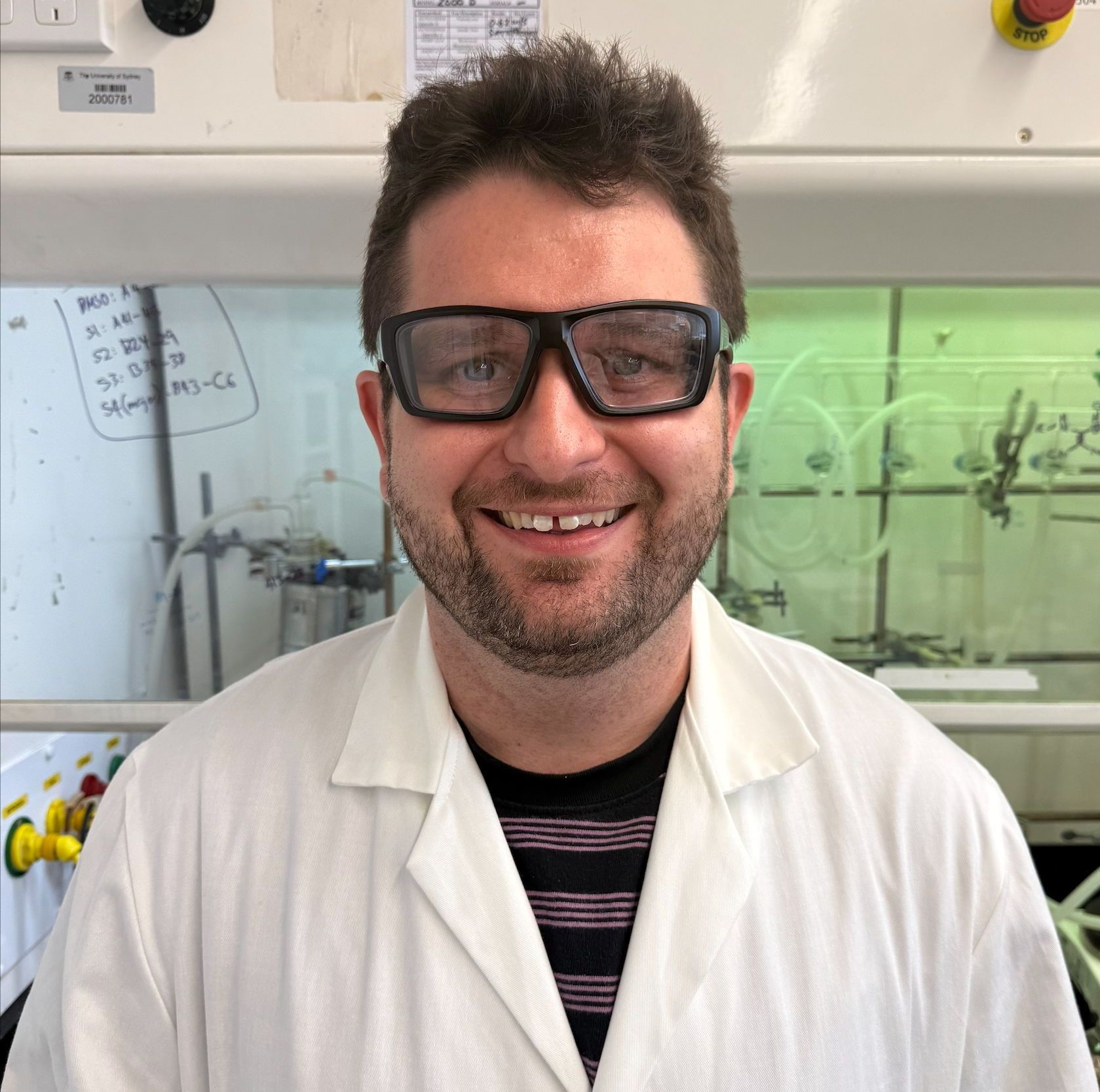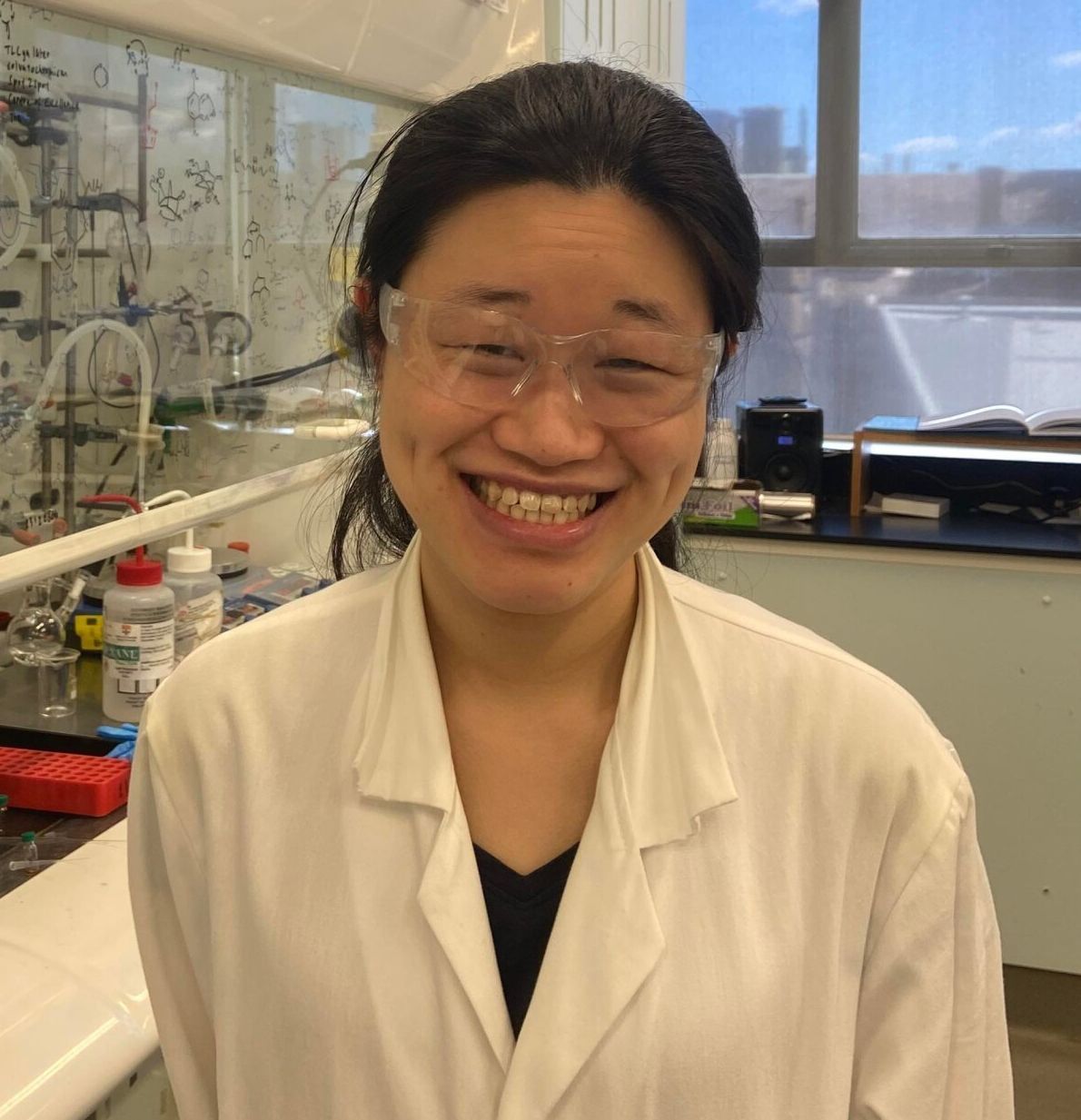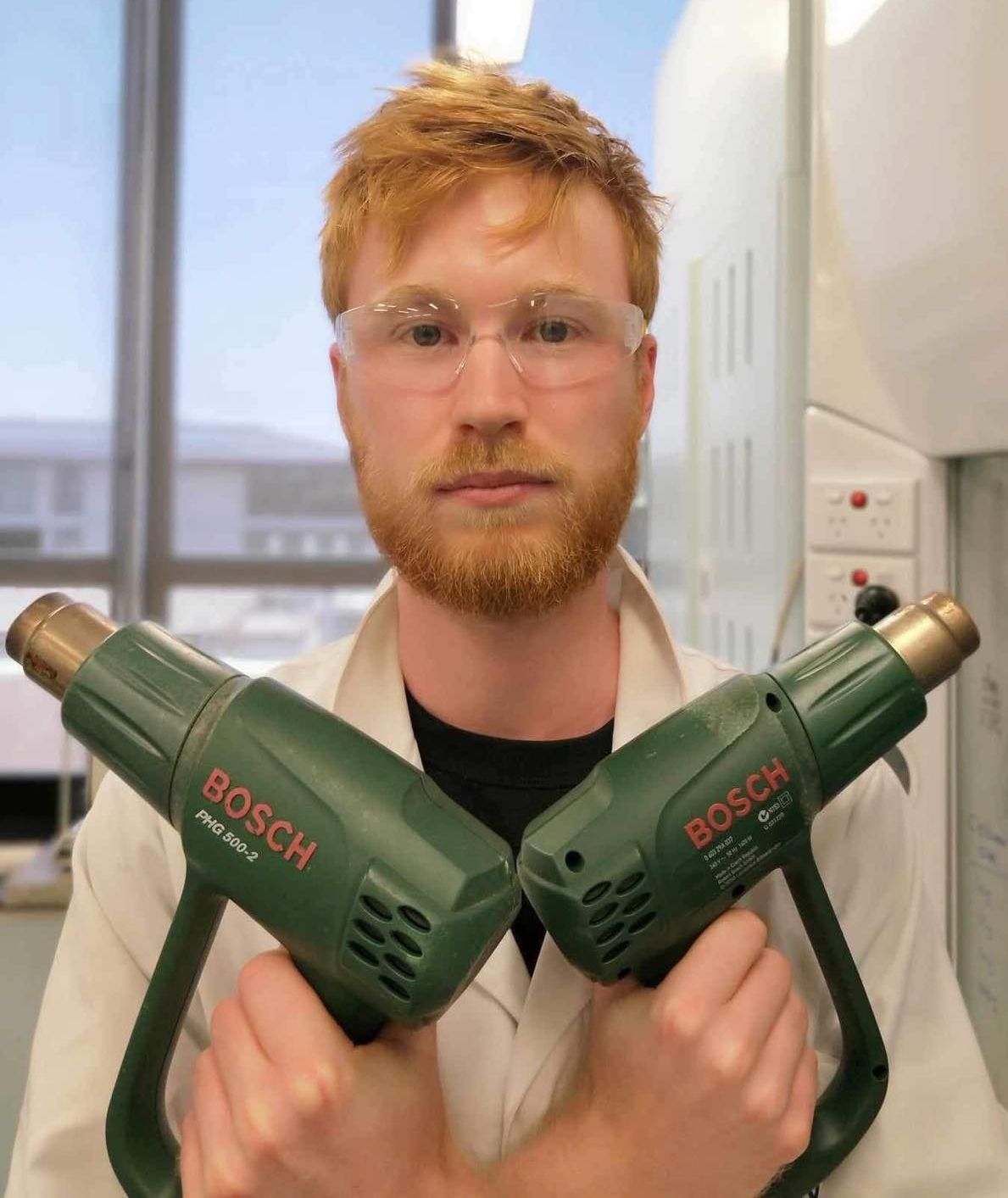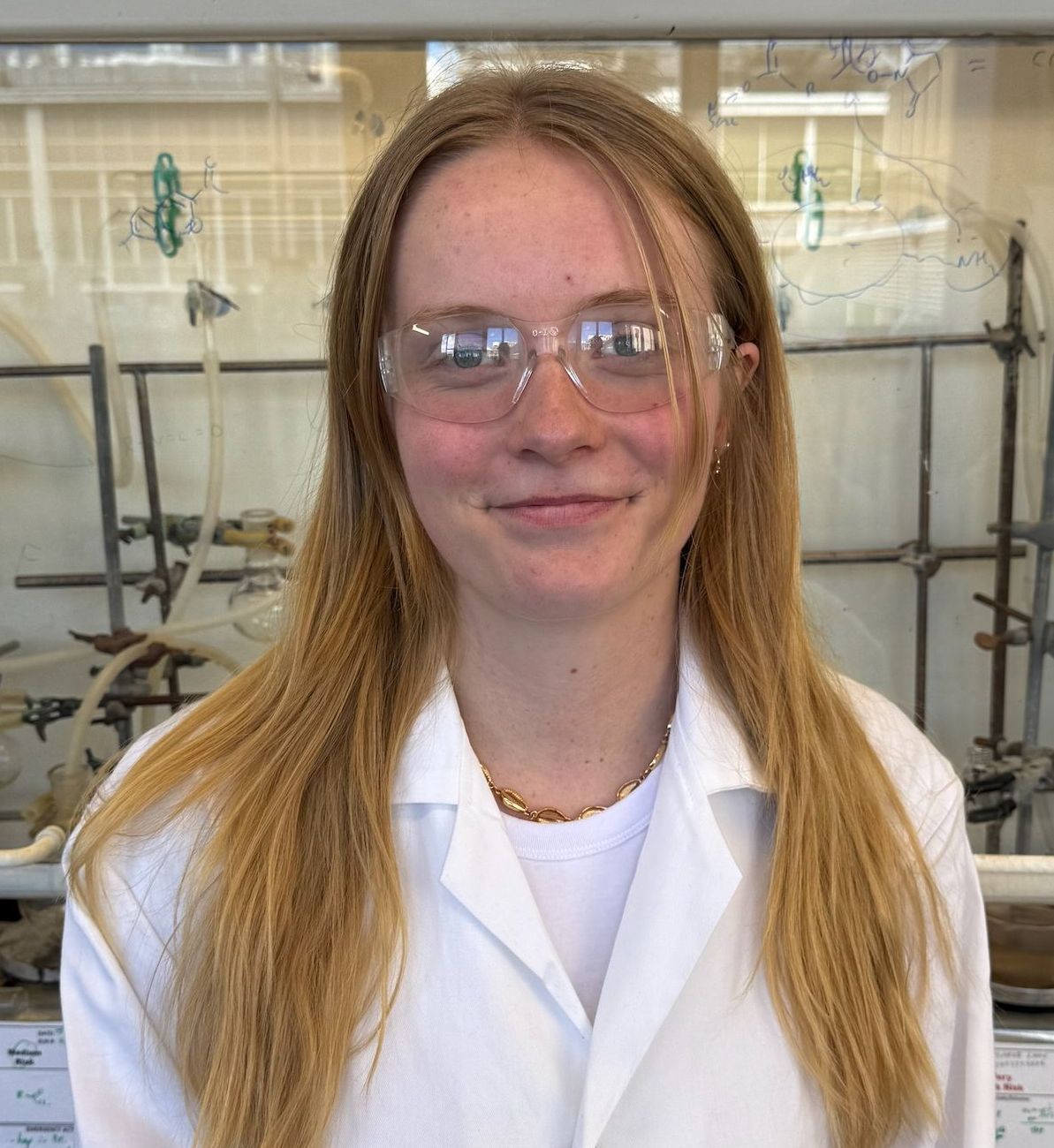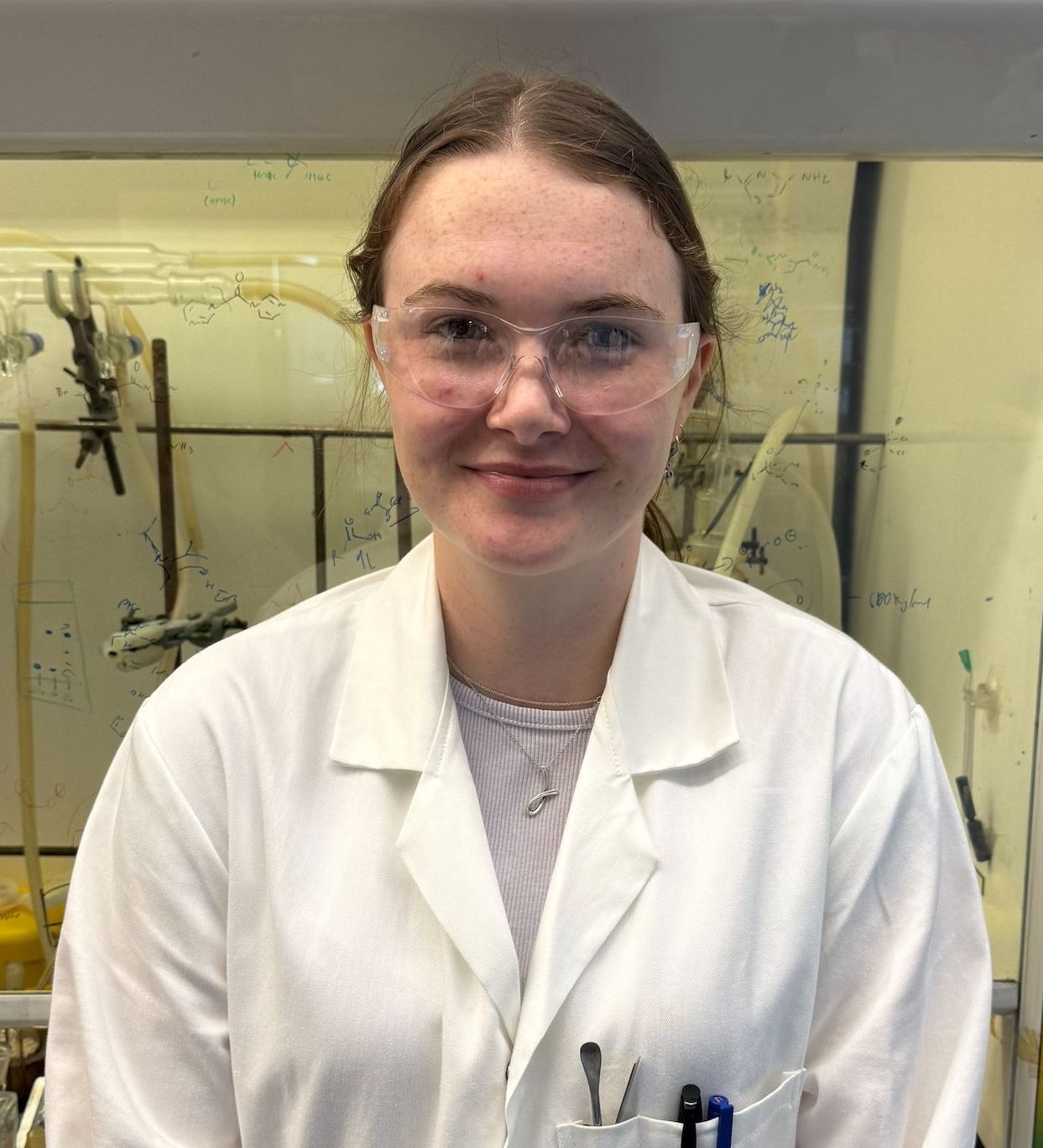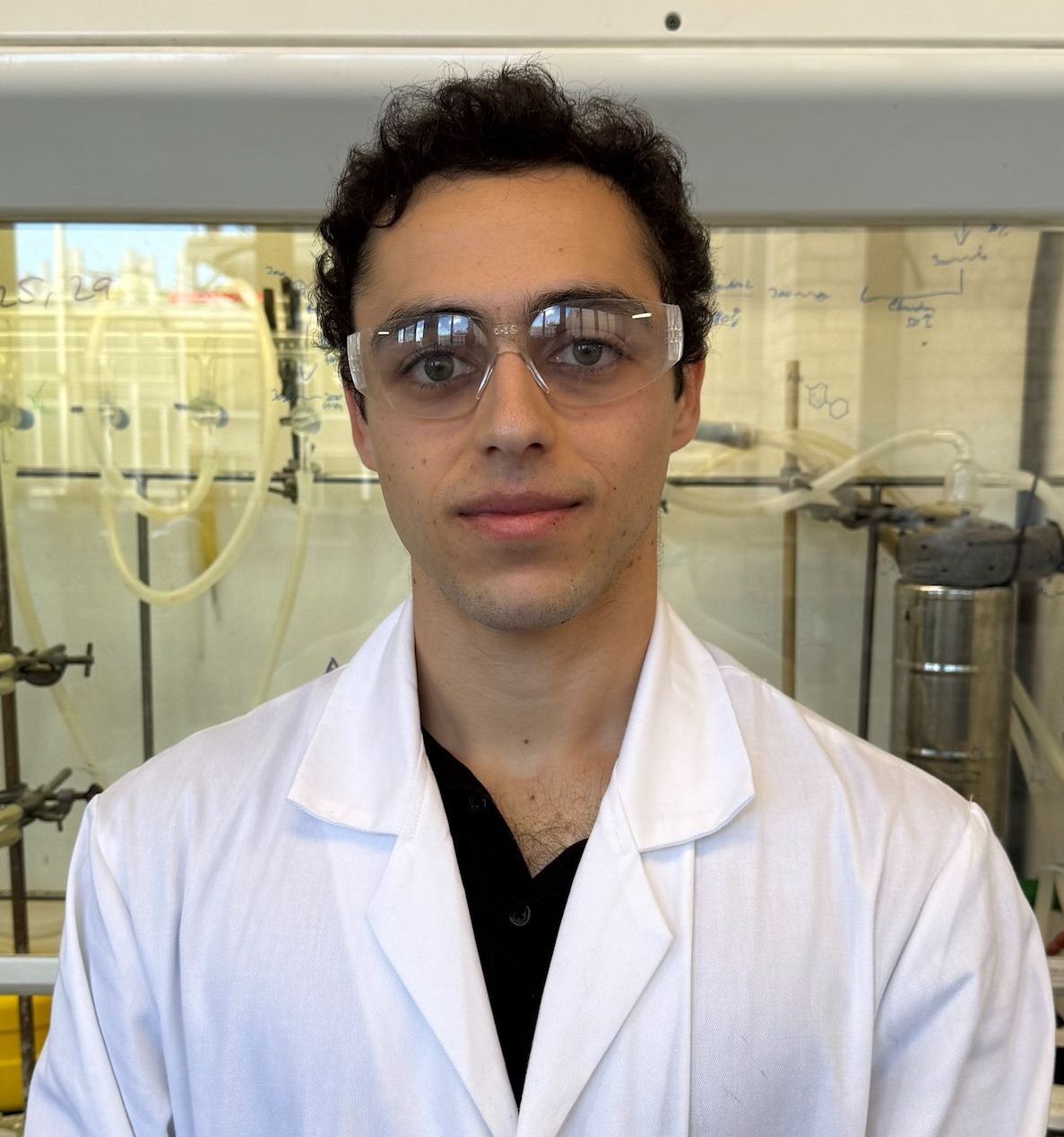OUR GROUP
POSTDOCTORAL RESEARCH ASSOCIATES
Dr. Eryn Werry
Senior Lecturer, Research Associate
Our research involves searching for new treatments and detection methods for CNS diseases, like frontotemporal dementia, amyotrophic lateral sclerosis, autism spectrum disorder and disorders involving neuroinflammation. We use techniques such as tissue culture, iPSCs, transfection, cellular assays, immunohistochemistry, radioligand binding, PCR, sequencing and western blots to find new drug targets and therapeutics for these diseases.
Dr. Andrew Montgomery
MedChem Australia and Associate Lecturer in Chemistry
Andrew completed his PhD under the supervision of Prof. Danielle Skropeta and Prof. Haibo Yu at the University of Wollongong in 2019. Later that year, he joined Michael's research group as a Centre for Drug Discovery Innovation Postdoctoral Fellow (2019-2024). As part of this fellowship Andrew's research focussed on small molecule synthesis and computational studies for a variety of CNS drug discovery projects. Andrew is currently an Associate Lecturer in the University of Sydney's School of Chemistry (2023-prsent) and a Postdoctoral Fellow with MedChem Australia (2025-present).
Dr. Wendy Tran
Industry affiliated Postdoctoral Researcher
Wendy was awarded a PhD in organic chemistry from the University of Sydney in 2021. Her research was focused on the design and synthesis of bioactive natural products and derivatives as novel anti infectives. At Kinoxis, Wendy strives to develop the first selective small molecule PET tracer for the oxytocin receptor which will be instrumental for further development of the Kinoxis pipeline.
Dr. Jakob Lane
Industry affiliated Postdoctoral Researcher
Dr. Sasha Maximova
Post-doctoral Fellow
Sasha majored in Pharmacology while completing her Bachelor of Medical Science at USYD. This exposure made her realise her passion for Pharmacology – specifically the drug design aspect – and led her to approach Prof Michael Kassiou with interest in an Honours project under his supervision. Her Honours project focused on drug design for targeting the oxytocin signalling pathway as an avenue for therapeutics to treat social disorders. This opportunity allowed her to experience working in a lab-based research environment with some of the most gifted people she knows. Sasha enjoyed this process immensely, thus deciding to further pursue this career path by beginning her PhD under the supervision of Dr Eryn Werry and Prof Michael Kassiou, with a focus on drug design in neurodegeneration. She completed her PhD
Taylor Garrett
Assiciate Lecturer (Research and Teaching)
Sydney Pharmacy School
PhD STUDENTS
Kris Dhar
Mitochondria: An Emerging Therapeutic Target for Neurodegenerative Diseases.
Healthy mitochondria are essential for the functioning of the brain. In neurodegenerative degenerative disease states, an accumulation of dysfunctional mitochondria is observed. This has been hypothesised as a probable cause of neurodegeneration. My project aims to develop therapeutics that activate a process that removes dysfunctional mitochondria called “mitophagy” through the use of small molecules.
Dane Francis Leslie Tregeagle
Exploring Molecules that Ameliorate Social Dysfunction
I am currently working on the development of new therapeutics to manage social dysfunction and its related mental disorders. Current therapeutics such as SSRIs, SNRIs, tricyclics and MAOIs suffer from poor efficacy and severe side effects, leaving much to be improved. My project attempts to strike at the root cause (the underlying social dysfunction) by focusing on the development of positive allosteric modulators and bitopic ligands that instil prosocial behaviour by targeting the oxytocin receptor. I also believe i could beat an orangatang in a fight.
Chianna Dane
P2X4R Antagonists and the Modulation of Microglial Function
Chronic activation of microglia has been demonstrated to both initiate and progress a variety of pathological states such as Alzheimer’s and Parkinson’s disease. Therapeutic intervention through targeting the P2X4R has demonstrated great promise in reducing the overactivation of microglia and thereby reducing excessive initiation of pro-inflammatory signalling. SAR is currently being refined to identify key pharmacophoric features required for potent and selective antagonists, and subsequently their effect on the structure and function of microglia in a pathological state.
Andre Mckenzie
Investigation of novel purinergic therapeutics for the treatment of Alzheimer’s disease and amyotrophic lateral sclerosis
Alzheimer’s Disease and Amyotrophic Lateral Sclerosis are two neurodegenerative diseases that have a significant health and economic burdens. Current treatments fail to significantly treat disease progression and only alleviate minor symptoms within each disease, respectively. Therefore, there is a need for the identification and design of novel therapeutic targets. This project will explore the design of novel purinergic therapeutics at antagonising the purinergic receptors investigated using high throughput methods. Furthermore, the project will develop a disease relevant assay for screening therapeutics using induced pluripotent stem cell derived microglia and astrocytes to identify lead compounds based of rational drug design. Techniques will include fluorescence and luminescence assays as well as western blotting.
Nicholas Lynch
P2X7 Antagonists and Their Role in Inflammation
Chronic inflammation has been proven to play a major role in advancing the pathologies of both neurodegenerative and cardiac diseases. The P2X7 receptor plays a prolific role in the pro-inflammatory signalling cascade, making P2X7 antagonism a promising approach for the development of anti-inflammatory therapies. My project aims to elucidate key structure activity relationships of small molecule antagonists and novel pharmacophores for the P2X7 receptor.
Beau Allen
Drug development for neurodegenerative disease is hindered by current pre-clinical animal and cellular models which do not recapitulate the genetic and pathophysiological complexity of these conditions. Using 3D bioprinting technology and induced pluripotent stem cells (iPSCs) derived from patients with amyotrophic lateral sclerosis (ALS), my project aims to develop several in vitro multicellular models of nervous system tissue. These will serve as a screening platform to identify novel drug candidates.
Dan Hayes
ButtonMASTERS STUDENTS
Amelie Heimann
ButtonHONOURS STUDENTS
Angus Tolmie
Design and Synthesis of AUTAC's Targeting TDP-43 Pathlology
Autophagy-targeting chimeras (AUTACs) are therapeutic molecules that harness the autophagy degradation system to selectively degrade intracellular targets. Each AUTAC is comprised of two parts: a warhead to provide target selectivity, linked to a degradation tag that recruits an autophagosome. For my honours project, I am attempting to synthesise novel AUTACs for the targeted degradation of TDP-43 protein inclusions, which are a key characteristic of frontotemporal dementia pathophysiology.
Jessica O'Driscoll
ButtonLior Yoffe
ButtonVOLUNTEER STUDENTS
Cristina Yazbeck
ButtonKASSIOU GROUP ALUMNI
Postdoctoral Researchers
Dr. Timothy Callis
Dr. Rajesh Kuppusamy
Dr. Fayaz Ali
Dr. Jonathan Danon
Dr. Tristan Reekie
Dr. Michael Scott
Dr. Shane Wilkinson
Dr. Aaron Reynolds
Dr. Kylee Aumann
Dr. Trent Conroy
Dr. Melissa Barron
Dr. Aurelie Boucher
Dr. William Jorgenson
Dr. Nima Sayyadi
Dr. Yuya Yoshimoto
Dr. Mitchell Longworth
Dr. Sam Banister
PhD Graduates
Dr. Sasha Maximova
Dr. Taylor Garrett
Dr. Bill Chan
Dr. Jack Joyce
Dr. Jayson Gilchrist
Dr. Samuel Lane
Dr. Nathan Castellino
Dr. Kiyan Afzali
Dr. James Lloyd
Dr. Catherine Doherty
Dr. Alex Gee
Dr. Timothy Callis
Dr. Timothy Katte
Dr. James O'Brien Brown
Dr. Michael Moir
Dr. Mitchell Longworth
Dr. Renee Sokias
Dr. Qingqing Zhou
Dr. Corinne Beinat
Dr. Michael Sullivan
Dr. Annukka Kallinen
Dr. Mutian Cui
Dr. Michelle James
Dr. Sam Banister
Dr. Iman Moussa
Dr. Taliesha Paine
Dr. Madhura Manohar
Dr. Hendra Gunosewoyo
Dr. Nicholas Giboureau
Dr. Katherine Leaver
Dr. Erick Wong
Dr. Damien Gulliver
Dr. Alana Scarf
Dr. Mitchell Quinlivan
Dr. William Jorgenson
Madeline Kavanagh (MSc)
Vivian Law (Msc)
Honours Graduates
Kayla Godeschalk
Aidan Sajowitz
Dane Rhook
Dan Mikic
Sarah Bowyer
Yi Cheng Zeng
a b c d e f g h i j k l m n o - Do not remove from template!!! it is important to support different fonts

+61 2 9351 2745
michael.kassiou@sydney.edu.au
The University of Sydney
School of Chemistry F11 | NSW | 2006

